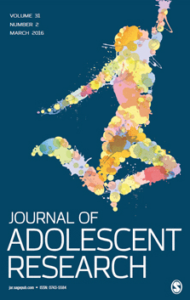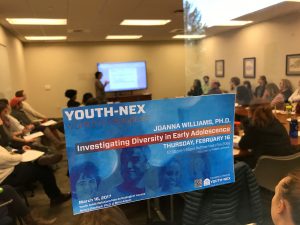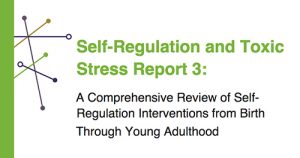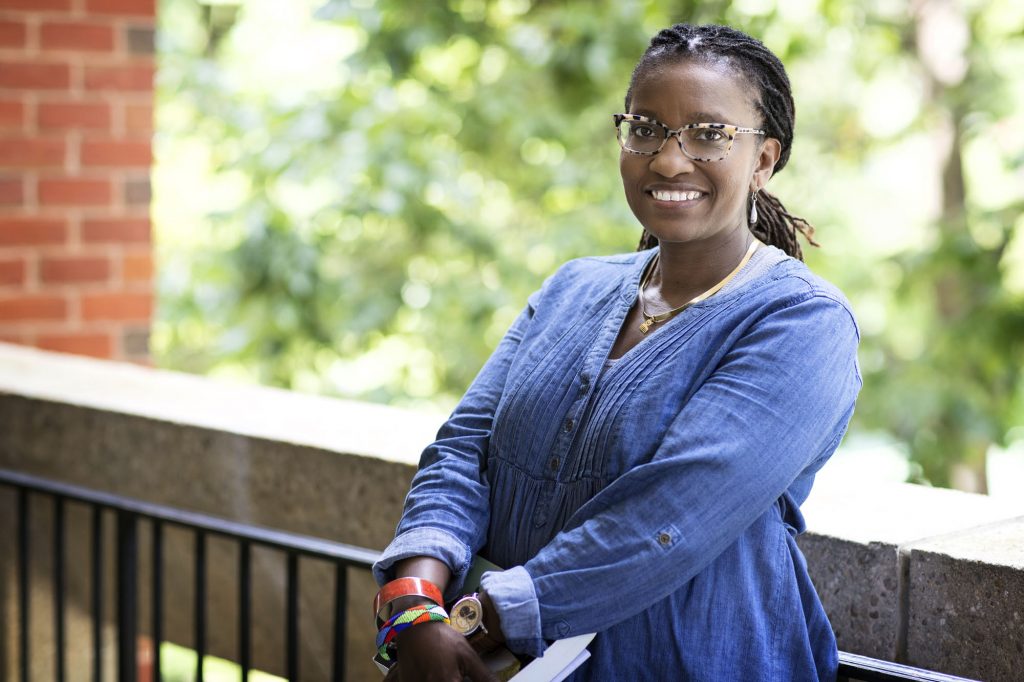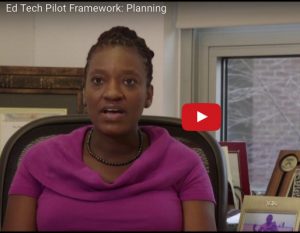By Karis Lee, Juliana Salcedo, Jack Wren, & Lily Zhang
Highlights:
- Adolescents explore different identities as they begin to figure out who they are and want to be.
- Identity development is impacted by one’s social environment including family, peers, community, and online activities.
- Even with the switch to online learning, adults can implement strategies to support students’ identity development.

Identity development in adolescents begins with their personal backgrounds and changes as adolescents encounter new experiences, ideas, environments, and people. Adolescents begin to answer “who am I?” by thinking about themselves in various contexts and from different perspectives. Adolescents may identify themselves in many ways such as race, gender, sexual orientation, national origin, and family. Younger adolescents are more sensitive to external feedback whereas older adolescents learn to hold stronger identity stances and consider themselves in broader contexts. There are many ways to navigate identity formation during adolescence that are relevant to education and distance learning.
Why Identity Development is Important in Adolescence
According to Erikson’s theory of psychosocial development, adolescence (ages 13-19) marks stage five of development and is key in the lifelong process of identity construction. During this period, individuals grapple with identity versus role confusion, and they focus on organizing their skills, interests, and values into a core sense of self. These tasks are also supported by key changes that occur in the brain during this time period, such as abstract processing, consideration of multiple perspectives and possibilities, and the reasoning of truths. Adolescents engage in the identity “search process,” in which they explore different identities and eventually commit and follow through. Adolescents spend a significant amount of time in school so peers and curriculum both play crucial roles during this search process. Since many students are engaging in distance learning at the moment, peer-interactions, online activities, and community support are elements educators must consider when building an identity-based learning environment.
Adolescence is also the period in which individuals process their beliefs and attitudes about their ethnic-racial identity (ERI) membership. ERI is multidimensional, and it is impacted by how one’s racial identity is regarded by others, how identities are formed based on racial beliefs (or how a group “should” act), and the internal reconciliation of these various perspectives. It can be a combination of the maturity of one’s self-perception and the broader contexts that affect that self-perception. According to William Cross’s model of ERI development, a racial or ethnic “encounter” often catalyzes one’s processing. The “encounter” and how that impacts students’ ERI is especially important to keep in mind, as it could be affected by both the move to online classes and the current Black Lives Matter movement.
Adolescents Shifting to an Online Environment
Due to the COVID-19 global pandemic, the move online may affect adolescents’ identity development by restricting their autonomy. In-person school can provide a needed environment in which students can engage in the identity search process, where they can “try on” different identities without familial identity constraints or pressures. For example, schools can provide a needed social outlet for LGBTQ students to learn about their sexual or gender identity. Online learning, however, constricts students to their home environments and thus limits the search process. Students may not feel as comfortable exploring their identity with the influence of their parents and their parent’s beliefs surrounding them as they are learning.
In an online learning environment, teachers can continue to support identity development through assignments that have students engage with their interests. Teachers will likely need to rely on parents and families to engage with students through this process. However, not all students have the same access to resources at home so flexibility should be a guiding principle.
Building an Identity Focused Online Environment
Here are some suggestions for building a identity focused online learning environment that teachers could consider:
- Have students read books that are of interest to them and form reading circles to share.
- Create playlists of music, podcasts, or documentaries that relate to class material and introduce students to new ideas and perspectives.
- Encourage students and parents to work together to engage with their community by walking around to historical sites and landmarks, or exploring historical sites online. Students can use this activity to talk with parents and/or other family members about their own identity.
- Have students reflect on current global and social events, such as the role of social media during COVID-19, being GenZ, the Black Lives Matter movement and Supreme Court cases.
- Continue school-sponsored activities online so students have the opportunity to stay connected with others and gain support for organizations that are important for identity development.
- Provide flexibility and freedom when doing identity-based work so that students are not constricted by labels.
- Cultivate cognitive routines with a set of prompts allowing the teacher to guide the activity rather than directly transfer knowledge (this helps students to develop their own opinions and think for themselves).Use prompts such as: “What was the biggest surprise?” or “I used to think ____. But now I think ___.” It is important to let students showcase their interests and knowledge!
In sum, the school environment plays a crucial role in adolescents’ exploration of identity, and their interactions both inside and outside the classroom help them answer the key “who am I?” question. It’s important for teachers to be aware of how the transition to online learning can impact this exploration and develop class strategies that allow students to continue engaging with the identity search process.
If you have any comments or questions about this post, please email Youth-Nex@virginia.edu. Please visit the Youth-Nex Homepage for up to date information about the work happening at the center.

Author Bio: Juliana Salcedo is a graduate student in the Curry School of Education and Human Development working on her master’s in teaching for secondary science education. She is a recent graduate of the College of William & Mary with a degree in Biology and Chemistry.

Author Bio: Karis Lee is a student at the Curry School of Education working towards her masters in teaching secondary language arts. She is a recent graduate of the College of William & Mary, where she studied English and history.

Author Bio: Lily Zhang is a graduate student in the Curry School of Education and Human Development working on her master’s in teaching for secondary English education. She graduated from the University of Virginia in 2019 with degrees in English and Psychology.
Author Bio: Jack Wren is a graduate student in the Curry School of Education working on a master’s in teaching for secondary Mathematics education. He recently graduated from UVA in May 2020 with a degree in Mathematics.






